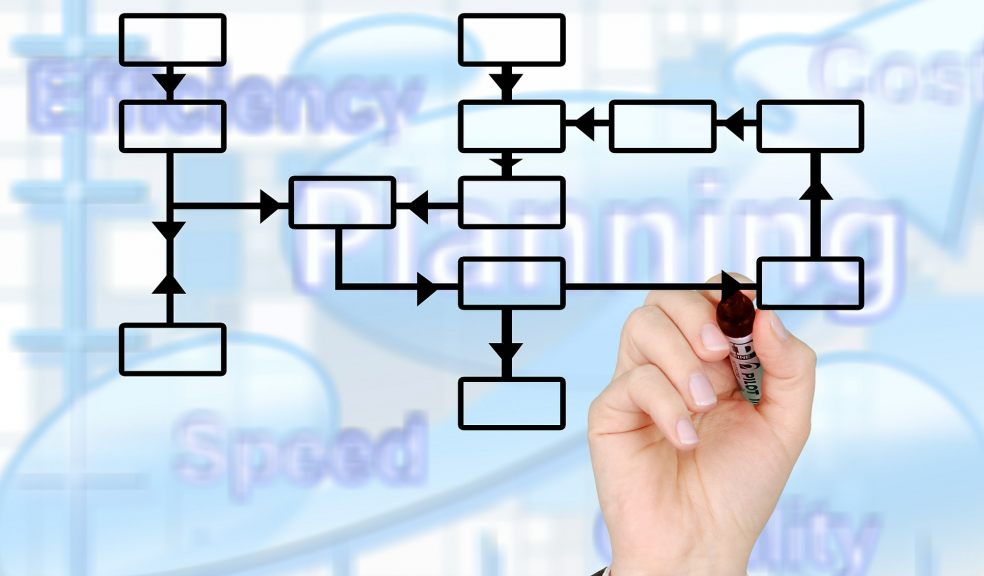
What Makes a Good and Effective Business Presentation?
What Makes a Good and Effective Business Presentation?In the world of business, from venture capitalists to company managers and target clients, people need to be informed, educated, and put up to speed. They often need to be convinced into making certain decisions or taking certain actions. And if you guessed right, one of the best ways to convince your audience is to communicate your ideas, opinions, thoughts, and pitches using presentations. At this point, PowerPoint likely crossed your mind. Well, making a great business presentation is more than just mastering your PowerPoint skills.
Whether you intend to inform an audience of your business’ latest projects/achievements or you’re proposing a concept to stakeholders or board members in a certain company, your success in achieving the desired outcome will depend on the contents of your business presentation and how you present it. This will determine how well your audience understands the idea, concept, topic, or the overall message you’re trying to send. So how exactly can you make a stunning and compelling presentation?
To decipher this, here are a few pointers for you on what makes a good and effective business [#4 is a must-have].
1. Know and Understand Your Presentation
Assume you’re short on time and you have to make your business presentation (and present it yourself) by a certain date, it is not unusual to feel tempted to get someone else to prepare it for you. While this can be a lifesaver sometimes, it could also easily turn out to be the biggest business mistake you ever made. The key to acing it on your business presentation is to have deep knowledge of all the contents or material it contains. With an understanding your presentation’s goals, content, the main message being conveyed, and its main purpose, you’ll appear more confident in front of your audience, which increases their likelihood of buying your concept, ideas, products, services, or whatever you may be pitching/communicating.
2. Your Connection With Your Audience
For your business presentation to be successful, you need to connect with your audience right from the point of curating your material. If you’ll be addressing a high-profile audience, for instance, your presentation needs to be formal and well-organized. If you’re speaking to friends or students, on the other hand, a simple and casual presentation would be preferable. A winning business presentation requires you to resonate with your audience and engagingly addressing what they value most for that personal touch.
You can also use popular quotes that relate somehow to the topic or message in question. While at it, make sure that your presentation is interactive and demonstrates how the idea, product, or service you’re talking about would have a positive impact on their lives. It is also important to state your presentation’s objective from the start so you can make it easier for your audience to relate to what you’ll be talking about throughout the session. In summary, things you can do to connect with your audience include:
- Customize it to your audience
- State your goal
- Use popular quotes
- Address your audience’s needs
- Make it interactive
3. Create Great Content
Your content can make or break the success of your business presentation. Instead of making your slides too wordy, it’s best to highlight the main points, ideas, and concepts. This makes it interactive and remember, the main goal of using presentations is to make your communication to your audience interactive. It is supposed to catch their attention as you speak to them. The way you curate your presentation will help you to know the points to emphasize, where to elaborate a point, when to ask questions or when to pause and tell a story (in case you’re losing your audience).
If you’re using slides, you would also want to make them more legible, easily understandable, and attention-grabbing. While at it, be sure to avoid too much of fancy fonts, all caps, and punctuation. Also, choose your slide designs carefully and pay close attention to color and contrast between your text and background.
4. Use Facts and Statistical Data
Words are just words if they can’t be supported by evidence-based material and facts. You may have done your research on a particular concept and discovered something or came up with something innovative. Without evidence to support your claims, however, it can be hard to convince your audience through a business presentation. Your main message could easily be falling on deaf ears. To avoid this and turn your business presentation into success, be sure to use business charts, graphs, bars, and photos to show facts and statistics. According to Michael Smith from Slide Heroes, using business charts in your presentation can make it easier for you to clearly communicate your ideas, make recommendations or pitch your product/service to your audience in a more powerful way. Instead of simply asserting, the right business chart will help you demonstrate your points using data and evidence-based arguments that will go a long way in convincing your audience.

5. Provoke Thought and Use Rhetorical Questions
How you begin your presentation or new point/idea/concept matters a great deal. More often than not, your starting sentences determine whether or not your audience will be attentive enough to understand your message. Thought-provoking questions such as, “You may be wondering why...”; “Why are we so…”; “Till when should we…?” and so forth can do wonders for your business presentation as much as capturing your audience’s attention is concerned. It keeps them wanting to know what you have to say. However, using these can be a bit tricky and will require you to conduct some background research before compiling a set of things that your audience would wonder about.
6. Prepared for Q&A
Of course, a good presentation should have a Q&A session at the end. However, this doesn’t mean that your audience will maintain their cool until you’re done so they can ask questions. A difficult question could pop up at the beginning or middle of your presentation, so make sure you’re prepared to answer anything that might come your way at any point in the presentation. Someone could drop a bombshell objection on you and if you’re unable to answer them, it could sabotage your goal or possibly derail the entire presentation.

Communication is critical in any line of business. Investors, shareholders, funding partners, and potential customers… they all want to be well informed before they can make a crucial decision about your business, products, services, operations, ideas, or concepts. And there’s no better way to communicate to them in a convincing way than using a business presentation. With the above tips, making a good and effective business presentation shouldn’t be so difficult.















